Fyodor Petrovich Litke, the famous navigator and geographer, was one of the organizers of the Russian Geographical Society and for many years the president of the Academy of Sciences.
Litke was born in 1797. Left an orphan at the age of 10, he lived with his uncle, who, according to Litke himself, took him in, “like a boy is taken from the street to prevent him from dying of hunger.”
There was an extensive library in the uncle's house, and as a child, Litke read many books without any system. According to him, from such reading, chaos formed in his head, and only subsequently the subtracted information settled down in a certain order.
The beginning of life did not bode well. Childhood "did not leave a single pleasant memory in me," wrote Litke. The turning point occurred in 1812. The boy was accepted into the fleet, and the very next year, when he was only sixteen years old, he participated in the siege of Danzig. In a combat situation, Litke distinguished himself, showed resourcefulness, self-control, and courage. He was promoted to midshipman and awarded a military officer's order.
Five years later, the young man was assigned to the "big voyage" (journey) on the sloop "Kamchatka" under the command of Vasily Mikhailovich Golovnin (p. 358).
At the beginning of the round-the-world voyage on the Kamchatka, Litka more than once happened to listen to the remarks of a demanding boss. But he soon learned a lot, and from the second year of navigation, the diligent and capable Litke was already quite familiar with the difficult service on the sloop. Golovnin was pleased with him.
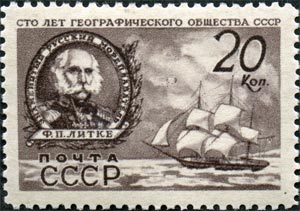
The young man went to sea as an inexperienced, poorly trained midshipman. And he returned as a mature lieutenant who knew maritime sciences and maritime affairs. He learned to command independently and did not get lost in the responsible, difficult moments of life at sea.
In 1821, Lieutenant Litke, on the recommendation of Golovnin, received a responsible appointment: he led the expedition, which was entrusted with the description of Novaya Zemlya. At that time, the coast of the large northern island of Novaya Zemlya was little studied and only partially mapped.
The expedition set off on the Novaya Zemlya brig, specially built for sailing in the northern seas.
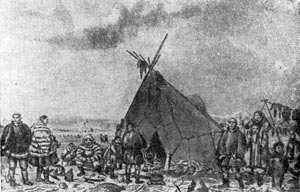
During the first year of navigation, the sailors only managed to get acquainted with the working conditions in the Arctic environment. Litke was convinced of the good qualities of the ship and the skill of his crew. They especially came to light at a dangerous moment of navigation, when in the northern part of the White Sea the brig ran aground, unknown until that time. The ship and crew withstood the test perfectly. At high tide, the Novaya Zemlya safely refloated, which since then bears the name of Litke.
The next year, at the beginning of summer, Litke made an inventory and mapping of the Murmansk coast of the Kola Peninsula, and in August he headed for Novaya Zemlya, not encountering ice on his way. At first, it was supposed to start work with an inventory of Matochkin Shar. But in the fog the brig passed him, and they decided to continue their journey north, hoping to catch up with Matochkin Shar on the way back.
In 1822, the work of the expedition was successful: the western coast of Novaya Zemlya was described over a considerable distance.
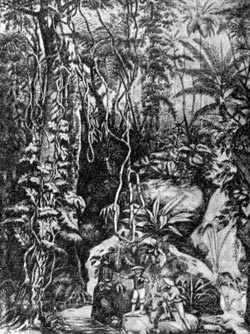
In 1823, Litke continued to describe the western coast of Novaya Zemlya, but, having encountered heavy ice, he soon turned south and on August 18 entered Matochkin Shar. Moving on boats, the expedition made an inventory of the entire strait in six days.
From Matochkin Shara, Litke went south, completing the inventory and mapping of the entire western coast of Novaya Zemlya to its very southern tip.
The Kara Gates were already free of ice. But Litke, bound by instructions forbidding him to spend the winter, did not dare to enter the Kara Sea. A strong northwest wind was blowing, which raised a large wave. Unexpectedly, the ship hit the rocks first with the bow and then with the stern. Lot showed a depth of 4.5 m. The blows followed one after another. Soon the steering wheel was knocked out of its hinges, its upper hook broke. The wreckage of the keel floated all around, the ship creaking with every impact. With difficulty, it was possible to bring the ship to the White Sea.
“A storm broke out in the White Sea. One fatal wave hit our weakly holding steering wheel, and we remained the plaything of the waves in the full sense of the word, ”said Litke.
However, the strength of the ship, the art of Litke and the crew saved the Novaya Zemlya from death. The dilapidated brig finally reached the suburbs of Arkhangelsk.
In 1824 Litke went to the shores of Novaya Zemlya for the fourth time. This time he wanted to go to the Kara Sea and start describing the eastern shores of Novaya Zemlya. But heavy ice soon blocked the way for the sailors, and they could not fulfill their intention.
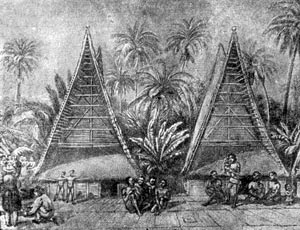
Two years later, in 1826, Litke completed the book Fourfold Journey to the Arctic Ocean, made on the military brig Novaya Zemlya in 1821-1824. In this work, Fyodor Petrovich, in addition to describing his Novozomel expeditions, gives a detailed summary of all the studies of Novaya Zemlya that preceded him. The book made Litke world-famous.
As soon as Fedor Petrovich had time to finish the report on his expedition, he was appointed commander of the Senyavin sloop, which was supposed to make a scientific circumnavigation.
Scientists-naturalists and artists took part in the expedition. It lasted three years. In the summer, Litke worked in the Bering Sea and Kamchatka, and in the winter - in the tropics, off the Caroline Archipelago. The expedition made geographical maps, determined the height of the mountains, and made daily observations of the weather and water temperature on the surface of the ocean. Naturalists have collected very rich collections on zoology, botany, geology, various household items and clothing of local peoples. Particularly interesting are the beautifully executed drawings in paints, which made up an album of 1250 sheets.
 Litke wrote the book “Traveling Around the World on the Senyavin Warship in 1826-1829”, for which he was awarded the Academy of Sciences Prize and elected a corresponding member of the Academy. In addition to describing and photographing already known islands, many unknown islands were discovered in the tropical part Pacific Ocean. Exploring the Caroline Islands, Litke discovered in the eastern part of the archipelago the inhabited Senyavin Islands, named after the ship, including Ponape, the largest in this entire group of islands, and two atolls. Fedor Petrovich wrote about the results of the expedition's work in the area of the Caroline Archipelago: "... hitherto revered as very dangerous for navigators, this archipelago will henceforth be safe on a par with well-known places on the globe."
Litke wrote the book “Traveling Around the World on the Senyavin Warship in 1826-1829”, for which he was awarded the Academy of Sciences Prize and elected a corresponding member of the Academy. In addition to describing and photographing already known islands, many unknown islands were discovered in the tropical part Pacific Ocean. Exploring the Caroline Islands, Litke discovered in the eastern part of the archipelago the inhabited Senyavin Islands, named after the ship, including Ponape, the largest in this entire group of islands, and two atolls. Fedor Petrovich wrote about the results of the expedition's work in the area of the Caroline Archipelago: "... hitherto revered as very dangerous for navigators, this archipelago will henceforth be safe on a par with well-known places on the globe."
In the first half of the XIX century. there is a need to unite advanced scientists involved in geography. Litke saw this especially clearly, since he was closely associated with both sailors-travelers and academic scientists, he knew well the state and needs of Russian geographical science. Together with other advanced scientists, he decided to create a new scientific association - the Russian Geographical Society, which he headed from the moment it was opened in 1845.
During the first quarter of a century of its existence, the Geographical Society has done a great job that has earned worldwide recognition.
This success was largely due to the breadth of Fyodor Petrovich Litke's scientific outlook and his amazing ability to attract talented young people to scientific work in the Geographical Society.
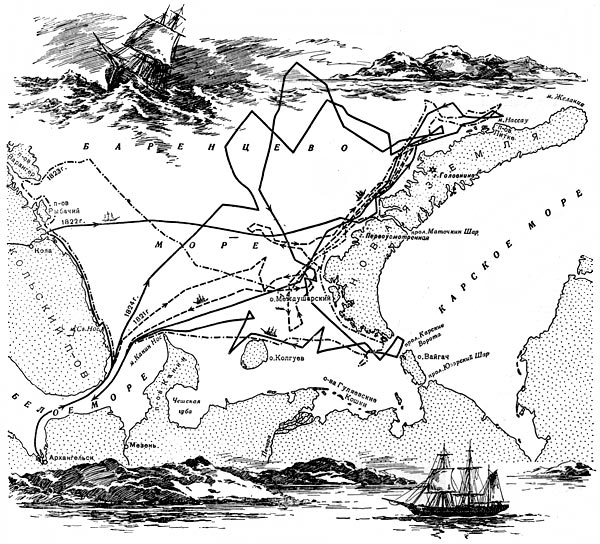
In 1864, Litke took over as president of the Academy of Sciences and at the same time continued to lead the Geographical Society.
In 1873, at the age of 75, he handed over the leadership of the Geographical Society to a worthy successor, the remarkable scientist Pyotr Petrovich Semenov-Tyan-Shansky.
Fyodor Petrovich Litke died in 1882.
If you find an error, please highlight a piece of text and click Ctrl+Enter.
